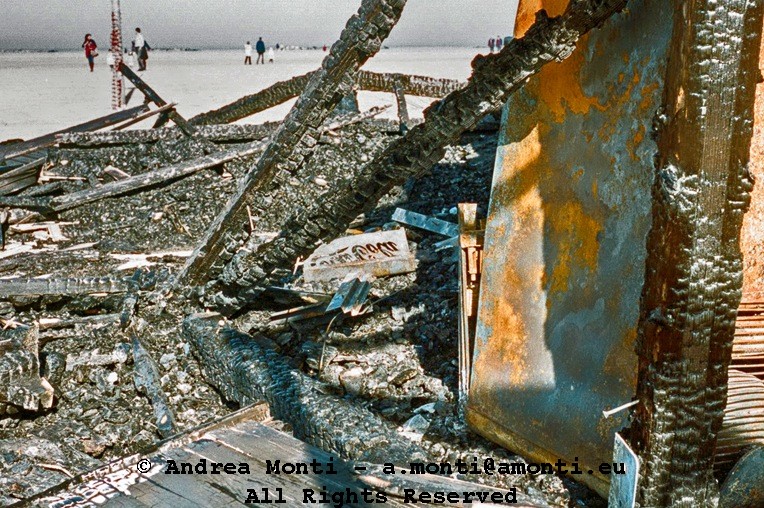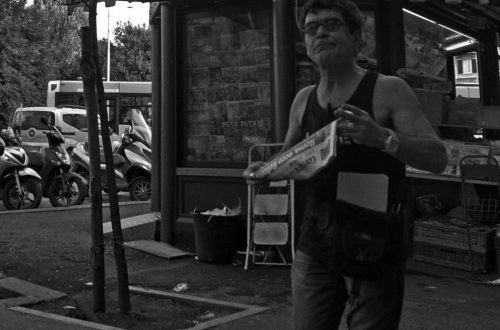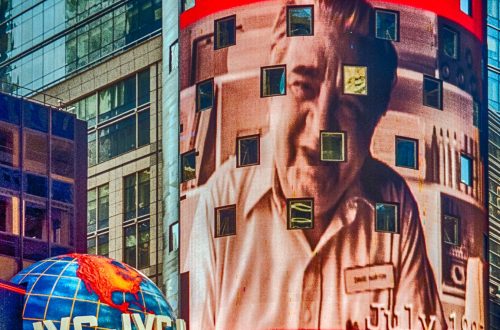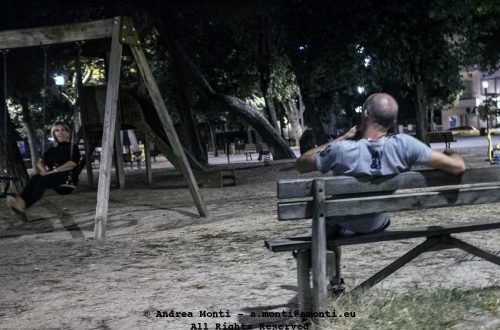
The Arson
The wind had carried the scent long before I arrived—burnt resin, iron oxide, the telltale acridity of ash cooling under morning sun. What was once structure and story was now a cinder pile, framed awkwardly by two still-standing beams like broken arms. I didn’t need to ask what happened. I just raised the camera.
This photograph leans into disorder. The eye stumbles across charred planks, twisted metal, and a scorched panel half-folded in retreat. It’s not elegant, and I didn’t want it to be. The strength of the frame lies in its refusal to sanitise. Destruction is inherently chaotic; presenting it neatly would be a betrayal of what it is.
The composition is dense—almost confrontational. The foreground is overloaded with detail: blackened wood, rust-flaked metal, curled edges of insulation. But it gives way, if you let it, to that line of figures in the distance, walking along the salt flat like ghosts passing a crime scene. Their scale grounds the scene, places it in the vast, blinding emptiness of a desert.
Exposure was tricky. The reflective surfaces of scorched material bounced light erratically, but I embraced the unpredictability. The highlights on the rusted metal door veer close to clipping, though not enough to wash out the ochre textures that I wanted to hold. Shadow detail in the charred elements is dense, but not dead—there’s just enough tonality to let your eye work through the layers.
Technically, it’s messy: grainy (courtesy of expired film stock and a high-contrast midday sun), the colours pushed by the scan, and the edges not as crisp as digital shooters might prefer. But that’s all working in service to the image. Sterility would have neutered the violence of what had happened.
This isn’t documentation. It’s aftermath—seen, registered, and framed without sentimentality. The photograph doesn’t ask for empathy. It just shows the cost.




